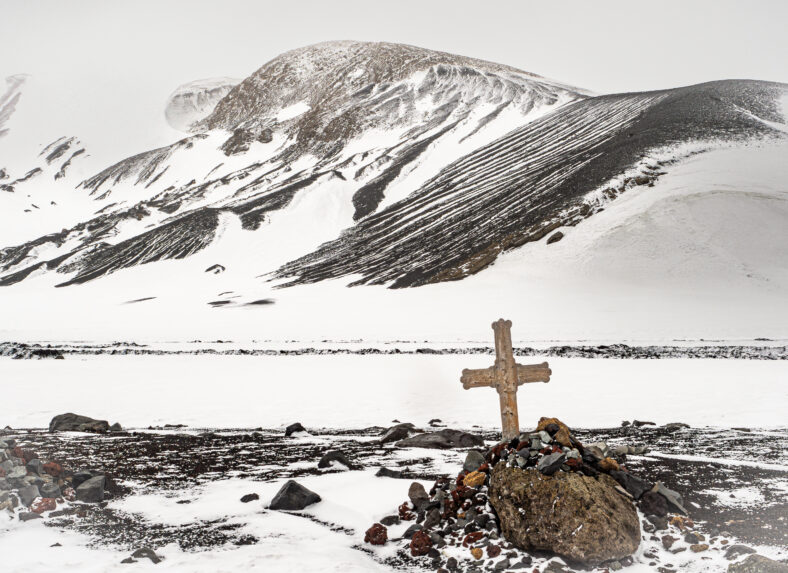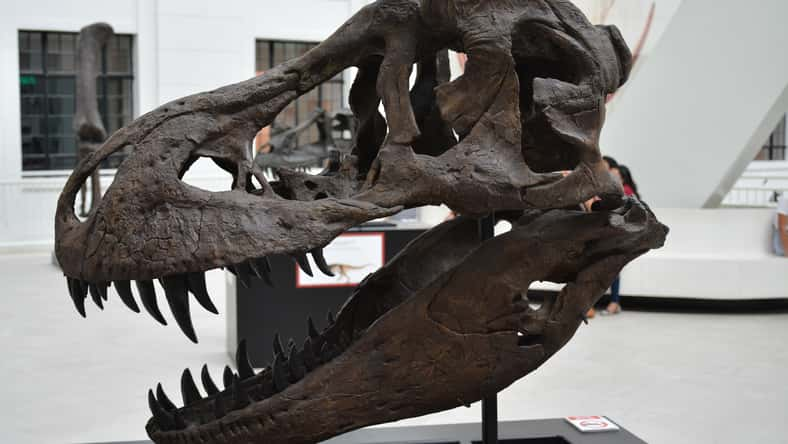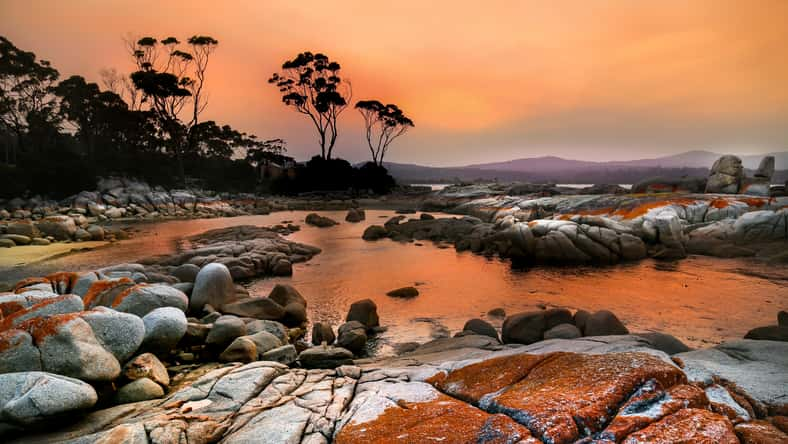
In 2023, archaeologists from the Norwegian Institute for Cultural Heritage Research embarked on a mission to explore the effects of climate change on whalers’ graves in the archipelago of Svalbard, a Norwegian territory in the Arctic Ocean.
In the 17th century, it was a popular stop for whalers. In the 20th century, workers flocked to the region to participate in the coal mining industry, as evidenced by the abandoned mining town Pyramiden in Svalbard.
Over the years, researchers have identified more than 800 whaler burials on the Svalbard archipelago dating to the 17th and 18th centuries.
Whaling was a lucrative but dangerous industry, resulting in the deaths of many whale hunters. They died on the job either from injuries or illnesses like scurvy.
The cold climate and permafrost of the region allowed for the whalers’ remains to be well-preserved, making it an ideal spot for research.
The archaeologists hope to excavate and analyze the remains before erosion damages the site beyond repair.
They also want to compare the more recently excavated remains to those that were dug up in the 1980s to see just how much the site has been affected by climate change.
“Nowhere else are there so many well-preserved graves representing parts of the European population from this period,” said Lise Loktu, the leader of the excavations.
“The buried individuals still have their skeletons, and remains of hair, skin, and innards have been found.”

Sign up for Chip Chick’s newsletter and get stories like this delivered to your inbox.
Within the burials, the team also discovered many artifacts, including coffins, tools, and clothing items. The garments revealed that whalers did not use special clothing for their trade.
They wore regular wool and linen winter clothes from their homeland, such as knitted stockings and indigo-dyed jackets with openings cut under each sleeve to give the whaler more flexibility to move around.
In some of the graves, there were small amounts of mosses not native to Svalbard. The plant material had been brought by the whalers from their homelands as part of their own burial packages. They knew they were risking their lives and might never return home.
So, they brought timber for coffins, as well as mosses and fabrics, to line their final resting places, ensuring that they would have a decent burial.
Overall, the findings provided valuable insight into the lives of the working class in Europe hundreds of years ago.
The whaling industry began in the 17th century and took off in response to European market demands. Whale blubber kept the lamps burning and was used to produce soaps.
The oils could also be used in dyes or fabric, while whale bones were incorporated into parasols and women’s corsets.
The population of bowhead whales in the region saw a drastic decline. By the end of the 18th century, whaling ships would go whole seasons without spotting a single whale.
Today, the number of bowhead whales around the archipelago is still low, but they have officially been designated as an endangered species.












